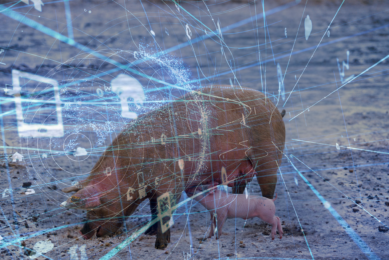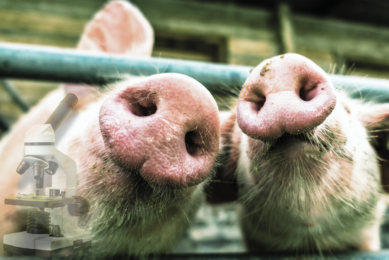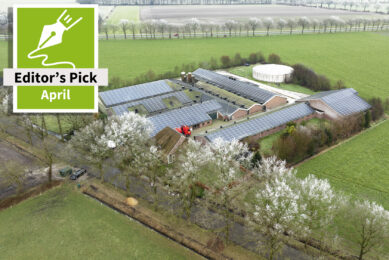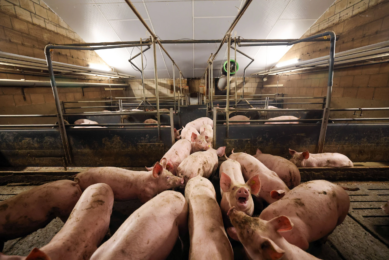Research: Effect of feed expansion on ulcers in weaners
Belgian research studied the effect of feed processing on growth performance and gastric mucosa integrity in pigs from weaning until slaughter.
The effect of technological treatments on the performances from 1 week after weaning until slaughter and on the gastric mucosa integrity of growing-finishing pigs at slaughter was investigated.
Trial setup
The researchers compared a diet expanded at high pressure and temperature (expandate) with a diet expanded under milder conditions that was subsequently pelleted and crumbled (crumble) and an untreated control diet (meal).
At weaning, a total of 180 pigs were divided over 30 pens of 6 animals, with 10 pens per treatment.
Results
Feed structure had a clear impact on performance results. However, while the expanded and the crumbled feed was used more efficiently, feed intake was considerably higher on the meal feed.
Between start and slaughter, this led to a similar growth in the three groups.
Apparent faecal digestibility of dry matter or crude protein did not differ between the diets.
The ulcer score was affected by the feed structure. Pigs on the meal diet had the lowest ulcer score, those on the expandate an intermediate score and those on the crumbled diet the highest score, with all diets being significantly different from each other.
The number of Helicobacter suis bacteria per gram of mucus was lower on the meal than on the expandate or the crumbled feed.
Conclusion
From the trial, it can be stated that expanding and pelleting improved feed efficiency of growing-finishing pigs.
However, these technological treatments had a negative impact on gastric mucosa integrity and were associated with an increased Heliobacter suis colonisation.











